 Get a quote
Get a quote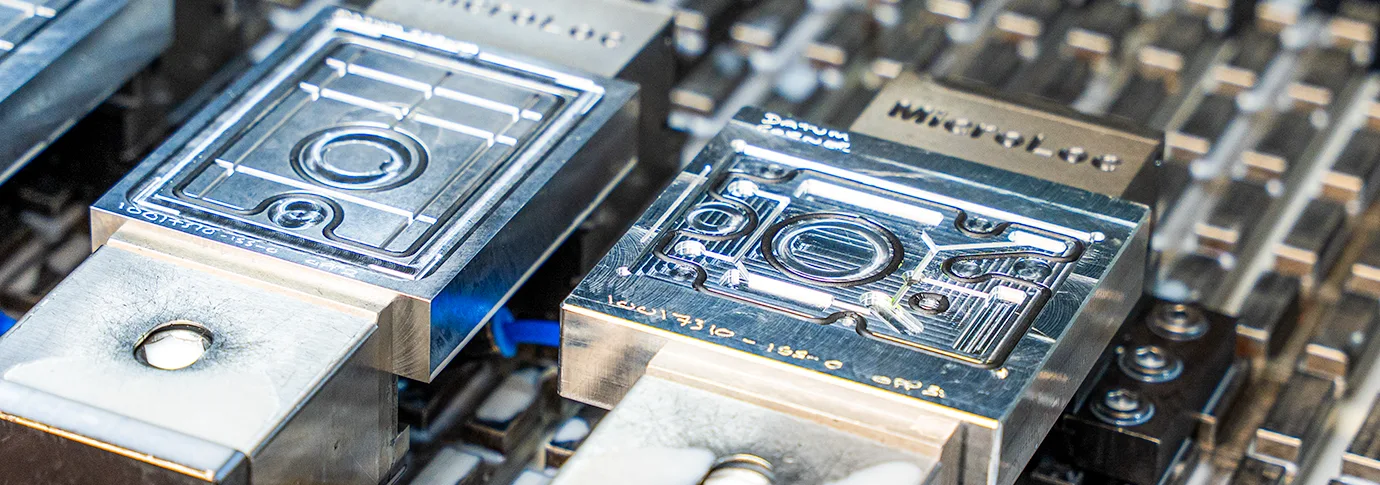
CNC machining is a highly accurate method of manufacturing used to create parts from metals and engineering plastics.
It's relied on across industries such as aerospace, medical, defence, and general manufacturing for its consistency and repeatability. Whether you're producing one-off prototypes or full production runs, CNC manufacturing offers a reliable solution to parts manufacturing.
This guide gives you an overview of the CNC machining process, the benefits and limitations of cnc machines, and how it compares with other methods. It also includes advice on materials, design considerations, and choosing a supplier. If you're exploring CNC machining parts for your next project, this guide will help you make informed decisions.
CNC machining is a subtractive manufacturing process that uses computer-controlled machines to remove material from a solid block to create, or 'machine' a component. It produces precise, repeatable parts by following a digital toolpath programmed into the machine's software. This allows for high accuracy across a wide range of metals and engineering plastics.
Cutting tools are guided along specific paths to form the required shapes and features. These movements are based on tool size, geometry, and material properties to ensure consistent results. CNC machining is suitable for one-off prototypes as well as full production runs.
The process begins with a digital design of the part, typically in 2D DXF and 3D STP file formats. These files guide the machine and are essential for accurate programming and setup. If needed, some suppliers can help convert sketches or PDFs into production-ready CAD models.
A CNC programmer creates the instructions that tell the machine how to cut the part, including speed and feed settings. A machinist sets up the machine with the correct tools, secures the material, and sets a zero point for reference. Once ready, the machine executes the program to produce the finished component.
The first stage of the CNC machining process is supplying a CAD file of your part. At Penta Precision, we ask for either a 2D DXF or DWG file or a 3D STP file to proceed with production. These digital files allow us to accurately interpret your design and generate toolpaths for machining.
If you're unable to create these files, we can convert a 2D PDF or reverse-engineer a sample part into a fully detailed CAD model for an additional charge. This service ensures that your design is suitable for CNC machining and avoids delays in production. Having the correct CAD machining files is key to achieving a smooth and efficient CNC processing workflow.
CNC programming involves creating precise instructions that tell the machine how to produce your part from the CAD model. These instructions include tool paths, spindle speeds, and feed rates, all adjusted according to the material and feature being machined. The goal is to achieve high accuracy while maintaining efficiency in the machining process.
Engineers use specific CNC programming languages such as G-code or Fanuc. In our business, our engineers use CAM software. The language used does not affect the final result, as long as the program is accurate and well-structured.
After programming, a machinist will set up the CNC machine with the correct cutting tools and raw material. Tool selection depends on the material type, some plastics, for example, require particularly sharp tools to prevent chipping. An experienced machinist will know how to match the tooling to the specific CNC machining materials being used.
The setter will also define a datum point, which acts as the machine's reference or zero position. This allows the machine to follow the programmed toolpath with precision. Proper setting ensures dimensional accuracy and consistency across every part produced.
CNC machining offers a high level of accuracy, making it ideal for producing parts with tight tolerances and consistent quality. It is a cost-effective solution for prototypes, one-offs, and small to medium production runs due to minimal setup and tooling requirements. The process supports a wide range of materials, allows for fast turnaround times, and is easily repeatable, making it a reliable choice across many industries.
The use of CAD means that CNC machining produces extremely high accuracy parts with tight tolerances. We have a general geometric tolerance of +/-0.1mm and a surface finish of 1.6µm (micrometre) but tolerances tighter than 0.01µm can be achieved where required. For more clarity, you can view our PDF on General Tolerances to DIN ISO 2768.
While CNC machining can be used for prototypes, it is most cost effective for small to medium batches. There are far fewer upfront costs associated with CNC machining than there are with many other manufacturing processes. In section 5 of this guide, we compare CNC machining with 3D printing and injection moulding.
CNC machining is associated with reasonably fast turnaround times. The set-up time is comparatively small to other manufacturing methods. This ties back to cost effectiveness as time is money! It is also easily repeatable. Once the design is created, it can be accurately repeated time and time again.
Many materials can be CNC machined. Where other manufacturing processes can be quite limiting, CNC machining allows designers to select the most appropriate material, taking both the desired properties and cost into account. If needed, we will be able to help you with material selection.
CNC machined parts are known for their high quality and reliable physical properties. The precision of the CNC machining process ensures consistent performance across every component. When high performance is essential, CNC manufacturing is a clear and trusted choice.
While CNC machining offers many advantages, there are limitations to consider when designing parts. Complex geometries can increase machining time and cost, especially when multi-axis setups or custom fixturing are required. Tool access and workholding restrictions may also limit the feasibility of certain features, so it's important to discuss challenging designs with an experienced CNC machining company early on.
The cost of a CNC machined part will depend on the complexity of the part being machined. Multi axis machining is more likely to be used for more complex shapes. Thus, parts with high geometric complexity will come at a cost.
A part must be securely held in place while it is being machined. This is easily done with more simple shapes. More complex parts may require custom jigs and fixtures along with troubleshooting time from the engineer so this would increase the cost to machine.
The cutting tool must be able to reach all required surfaces to machine the part accurately. Highly complex geometries can sometimes limit tool access, making certain designs difficult or costly to produce. Experienced CNC engineers can often find practical workarounds, so it's always worth discussing challenging features before finalising your design.
The two most common types of CNC machines used in manufacturing are mills and lathes. Each machine type is suited to different part geometries and operations, depending on the required features. Understanding the strengths of each helps you choose the right method for your CNC machining parts.
A standard CNC milling machine uses a cylindrical cutting tool that can rotate in various directions in order to remove material and create the desired shape. The milling cutter can move along multiple axes to produce the finished part. A CNC mill will generally have between 3 and 5 axes.
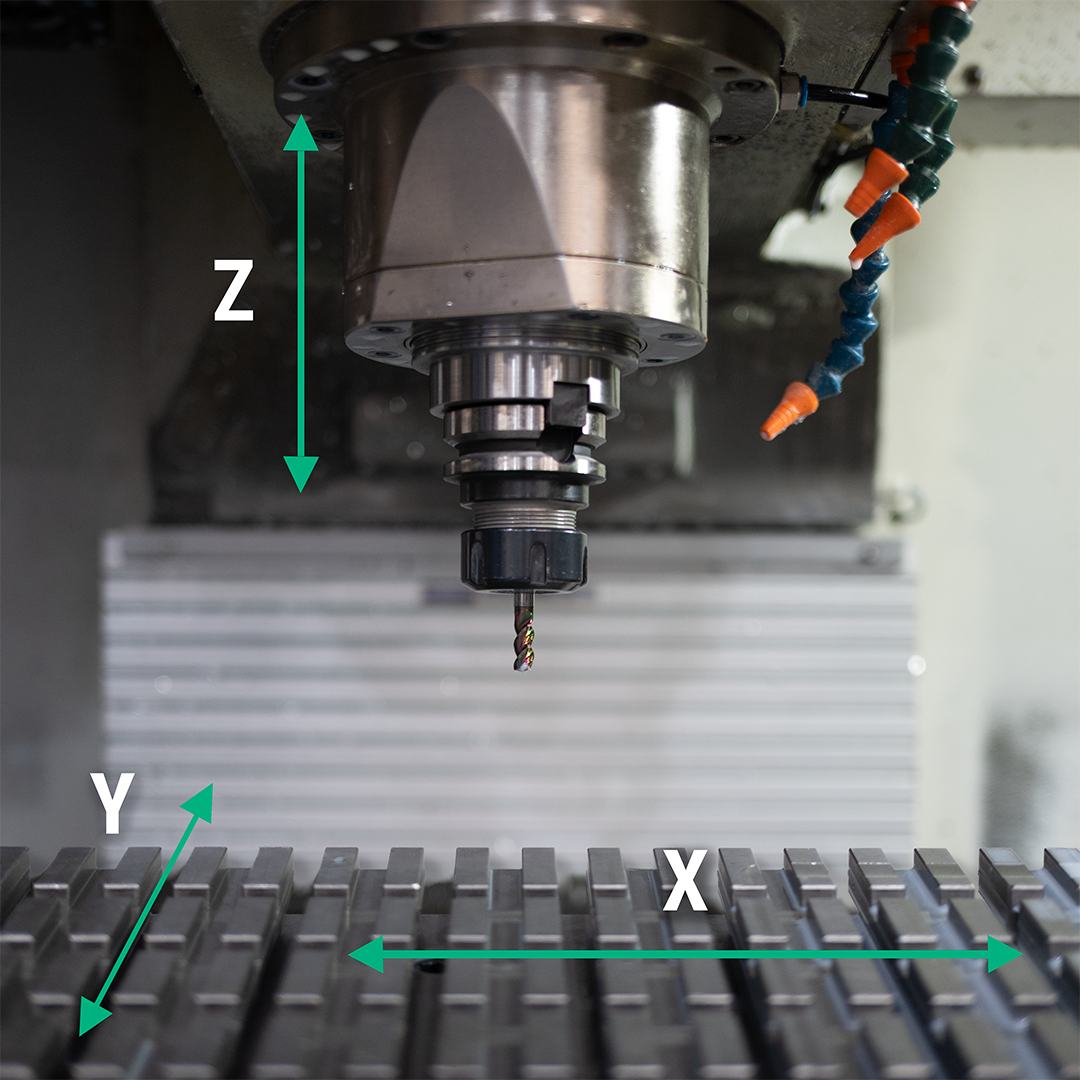
The number of axes on a CNC milling machine determines how much movement the cutting tool has during machining. More axes allow for better access and fewer setups, which can reduce machining time and cost.
Your CNC machining company will choose the most suitable machine based on your part's geometry and complexity. In most cases, you can trust that the most time-efficient and cost-effective setup will be used. The type of machine required will usually be reflected in the quote you receive.
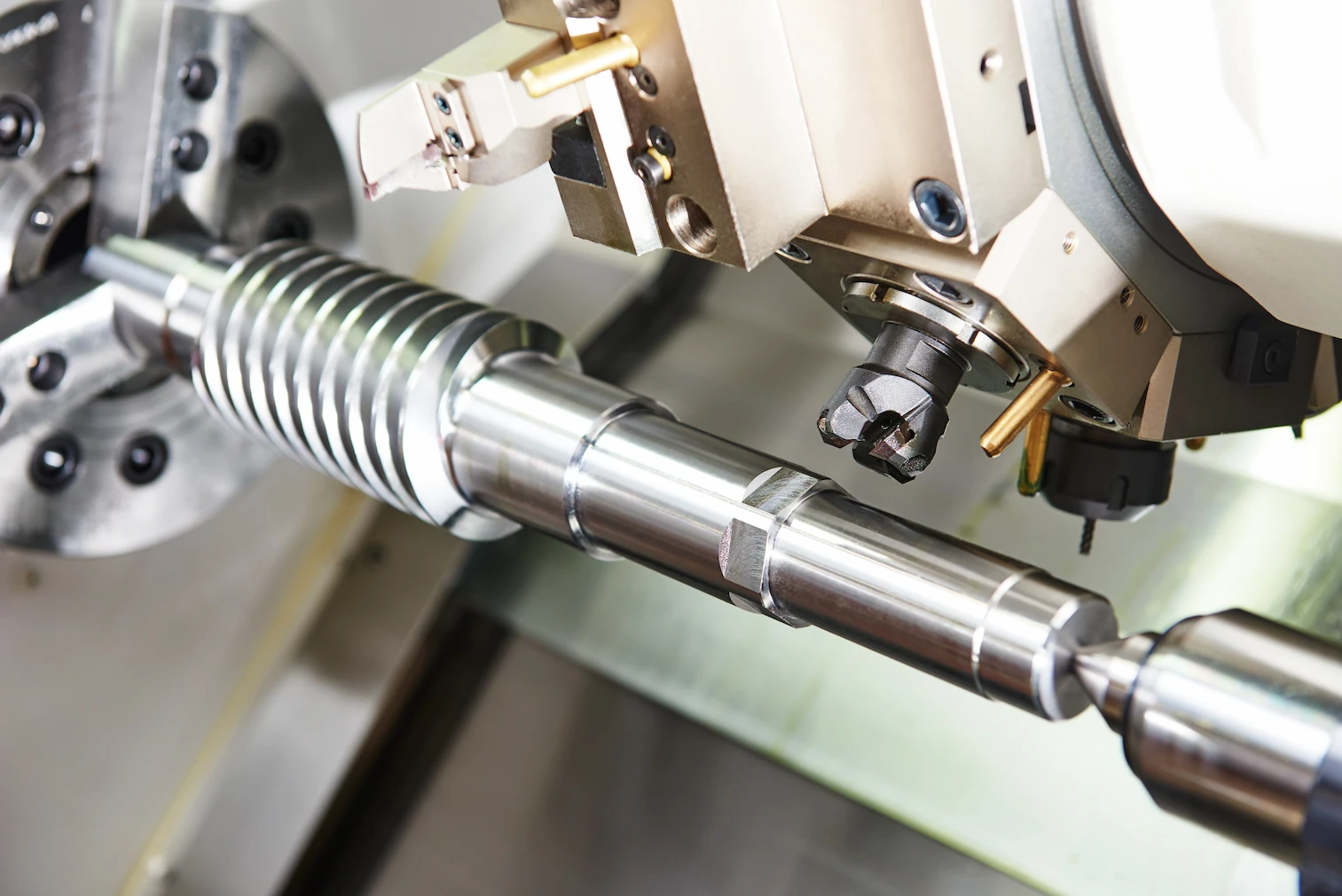
CNC lathes are commonly used for producing cylindrical or symmetrical parts by rotating the material at high speed. The cutting tools remain stationary while moving along the length and radius of the part to create the desired shape. This process is known as CNC turning and is ideal for components such as shafts, bushes, and threaded parts.
Modern CNC lathes usually operate on two axes, X and Z, for basic profiles. Advanced configurations and features can expand their capabilities significantly. Many CNC machining companies, including Penta Precision, use enhanced lathes for more complex operations, key enhancements to CNC lathes include:
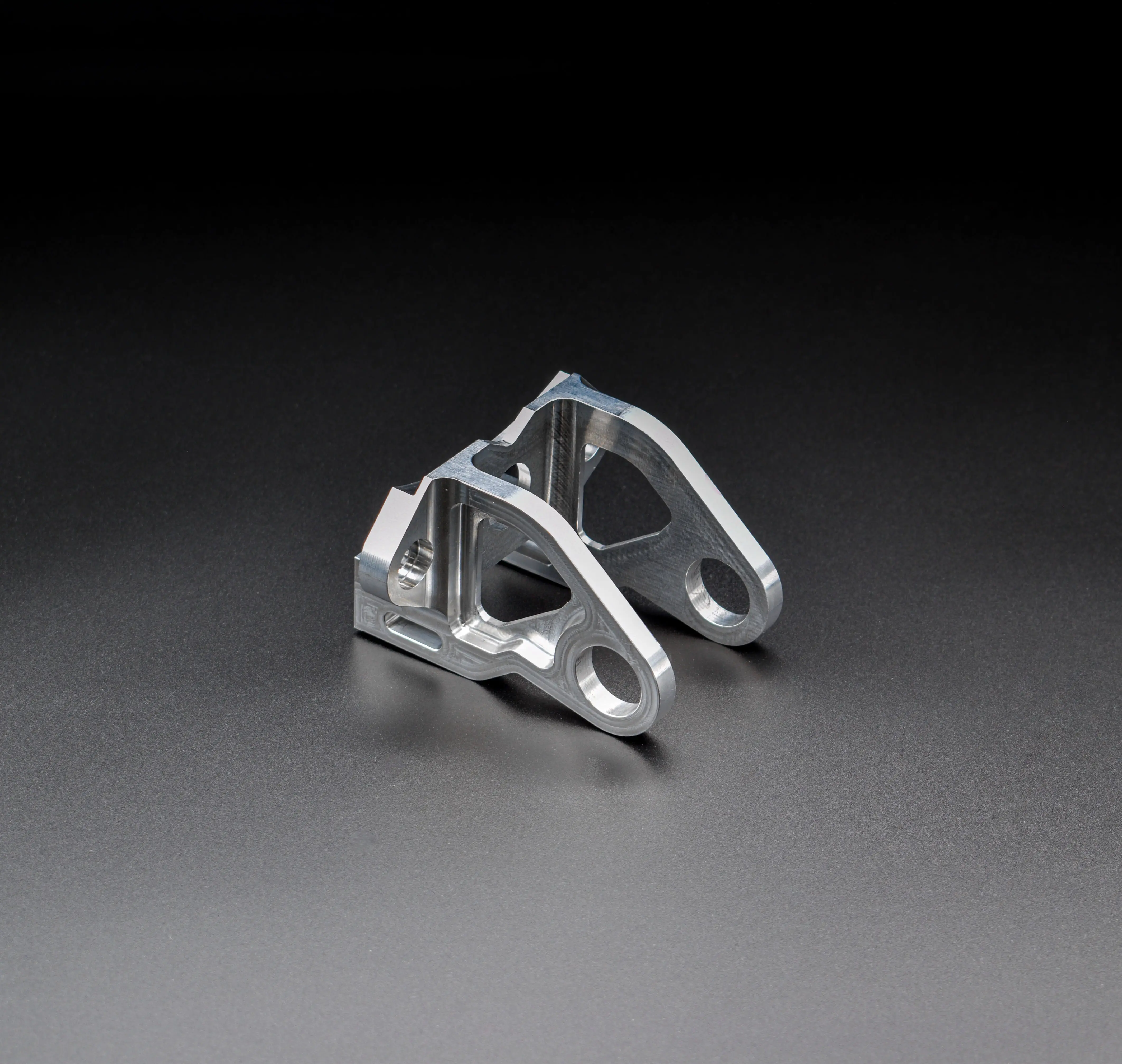
CNC machining can be used to manufacture parts for an endless number of applications. Components that can be CNC machined include: enclosures, heatsinks, connectors, brackets, housings, shafts, bushes, bearings, guides, manifolds, handles, casings, spacers... the list really does go on!
In terms of industries, CNC machining has been adopted as a popular machining process by many industries including:
Even if you don't see your specific industry listed, get in touch with our team to discuss your needs.
CNC machining is compatible with a wide range of materials, making it a flexible solution for many industries and applications.
The table here provides a comparison of the main material groups, highlighting key characteristics and general price levels.
You can see the full list of commonly used sub-materials below, giving you the option to explore specific grades for your CNC machining materials.
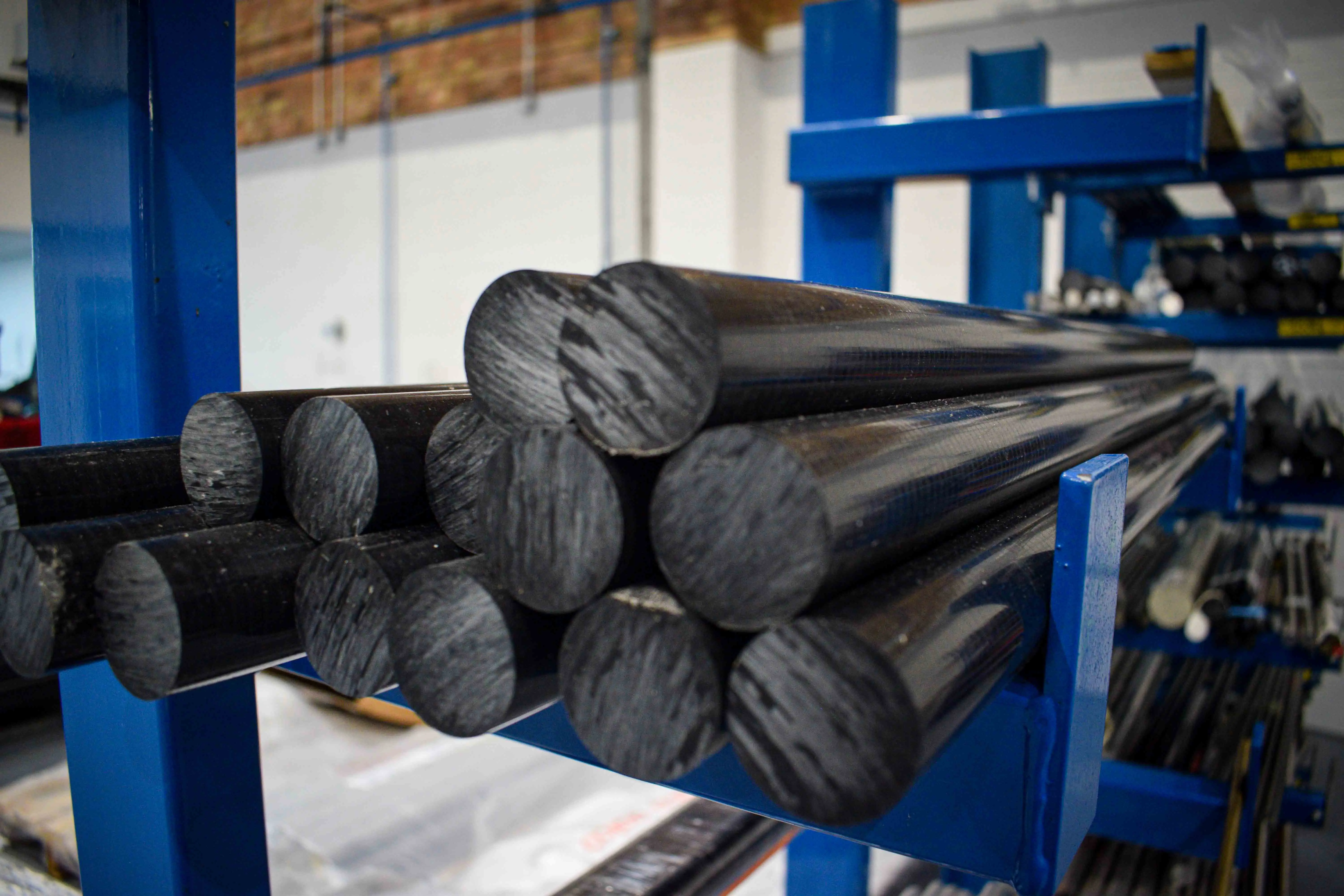
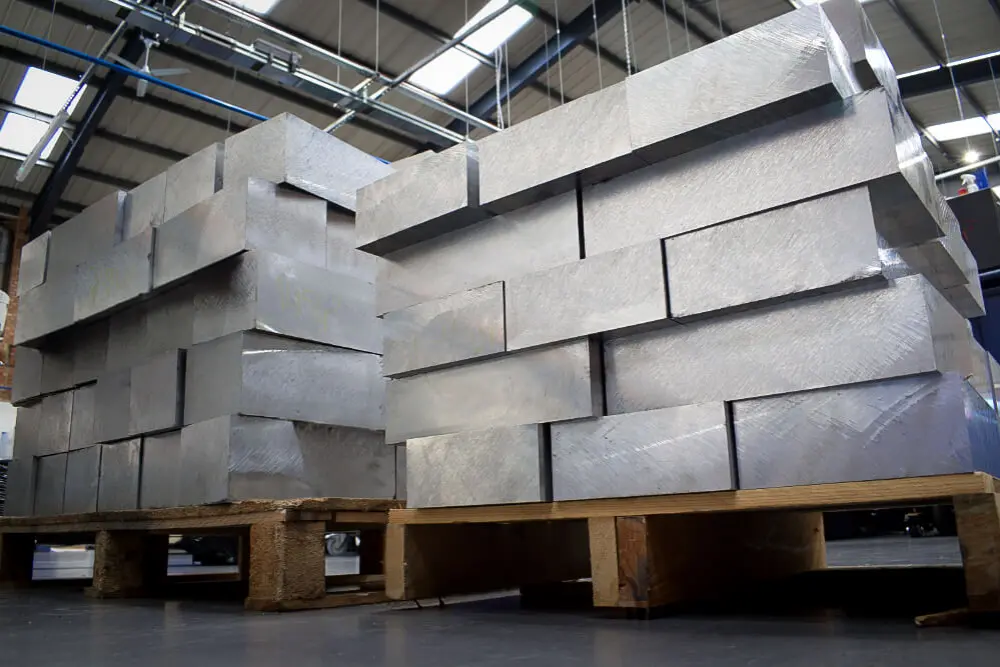
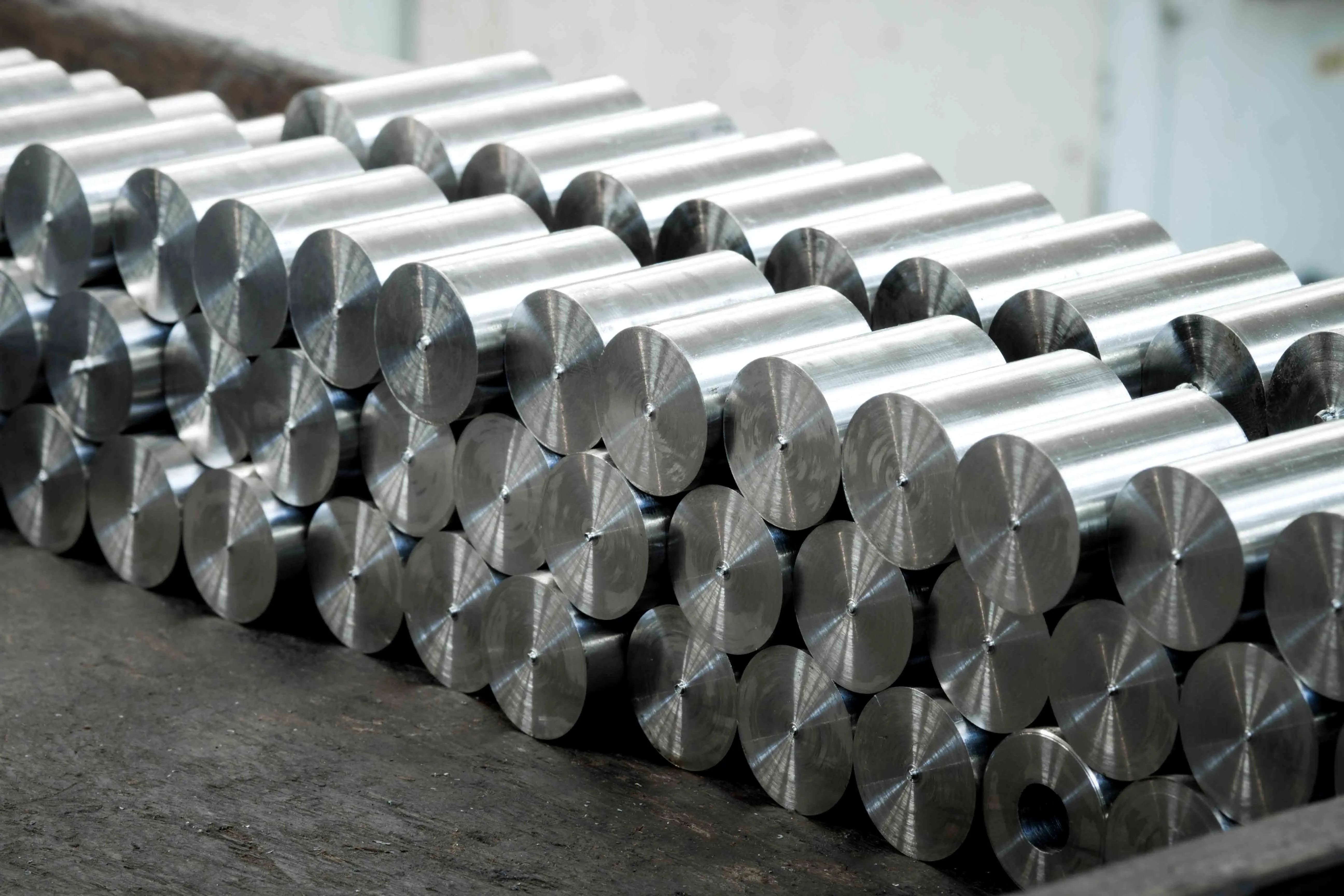
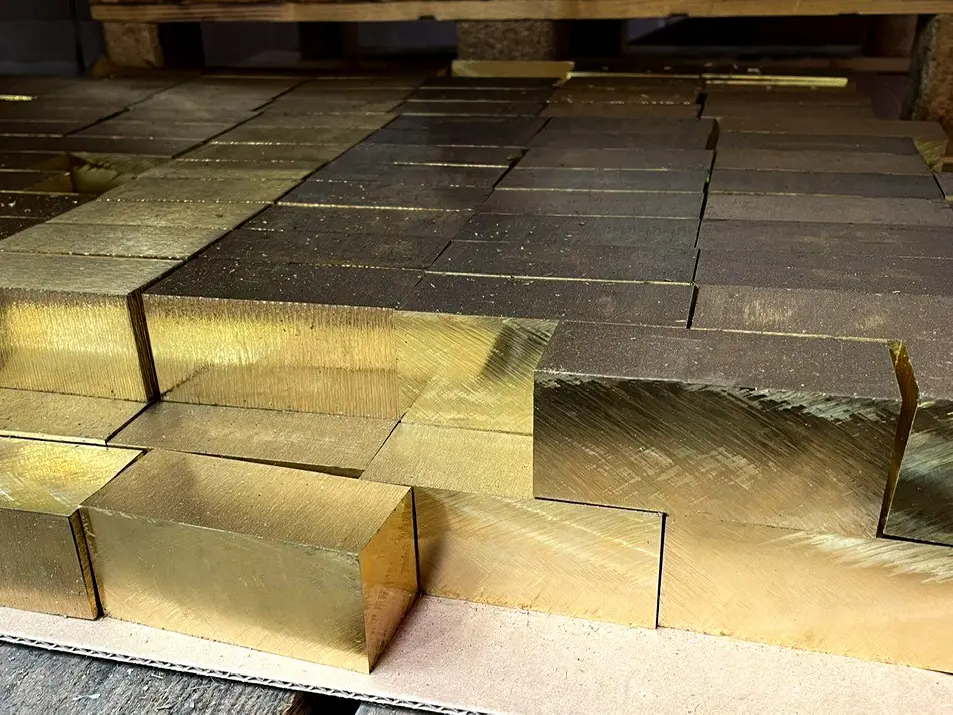
When choosing a manufacturing method, it's important to weigh up the advantages and trade-offs of each process.
Below is a comparison of CNC machining with some of the most common alternatives to help guide your decision-making. Each method has its own strengths depending on part complexity, volume, cost, and material requirements.
CNC machining and 3D printing are both popular for prototyping and production, but they differ greatly in process, precision, and material performance.
Key differences:
Injection moulding is ideal for mass production but requires expensive tooling and longer lead times. CNC machining is more cost-effective for prototypes and low to medium batches, with minimal upfront investment. Injection moulding also limits material choices due to the need for melting and re-solidification.
Key differences:
CNC machining is far more precise and repeatable than manual machining, especially for tight tolerances and complex parts. It reduces the risk of human error and enables automated, consistent production. Manual machining may still be used for very simple one-off parts, but CNC machining is the preferred option for repeatable manufacturing.
Key differences:
Design plays a major role in ensuring your part is suitable for CNC machining, cost-effective to produce, and meets the required specifications.
By considering technical factors early on, you can reduce lead times, avoid costly redesigns, and improve manufacturability.
Below are the key design elements to keep in mind when preparing your part for CNC processing.
Before sending your design for CNC machining, it's important to check that it meets the technical requirements of the process. This helps ensure a smoother production experience, fewer delays, and a final part that meets your expectations. The following points cover the main technical areas to review during the design stage:
Material and surface choices directly impact the performance, durability, appearance, and cost of CNC machined parts. Selecting the right combination for your project can improve functionality and reduce production time. CNC finishing processes also play a key role in achieving the desired look, surface quality, and protection for your part. Here are some key considerations:
Once you've decided CNC machining is the right process for your parts, the next step is finding the right supplier. With many companies offering CNC services, knowing what to look for can help you make a confident and informed choice. Below are key factors to consider when evaluating potential CNC machining partners:
Accreditations: Check if the company is ISO 9001:2015 certified. This ensures they follow a structured quality management system and are regularly audited. Accreditation adds confidence in their ability to consistently deliver high-quality CNC machining parts.
Industry Experience: Some suppliers specialise in particular industries such as aerospace, medical, or defence. Choosing a supplier with experience in your sector can improve efficiency and reduce errors. It also means they'll understand your specific technical and regulatory requirements.
Material Capabilities: Not all CNC companies work with every material type. Confirm that your shortlisted supplier machines the material you're planning to use, whether it's a specific metal or engineering plastic. This ensures compatibility and avoids issues with sourcing or machining difficulties.
Account Management Process: Ask how your order will be managed from start to finish. Good communication, clear points of contact, and regular updates are essential for smooth project delivery. This also helps build a strong working relationship.
Quality Control Procedures: Understanding a supplier's approach to quality assurance is key. Look for evidence of in-process checks, final inspections, and traceability procedures. A robust quality system helps reduce errors and supports consistent output.
Case Studies and References: Reputable suppliers should be able to provide examples of past projects or customer feedback. This shows how they've solved challenges or delivered value to other clients. It's a helpful way to judge reliability and performance.
Additional Services: Some companies offer more than just machining. Services such as drawing creation, design advice, or surface finishing can save you time and reduce the need for multiple suppliers. This makes the process more efficient and cost-effective overall.

Discover essential tips for optimising lead times in precision machining, including effective design practices and alternative buying methods. Learn how Penta Precision can streamline your CNC machining projects for faster delivery and improved efficiency.
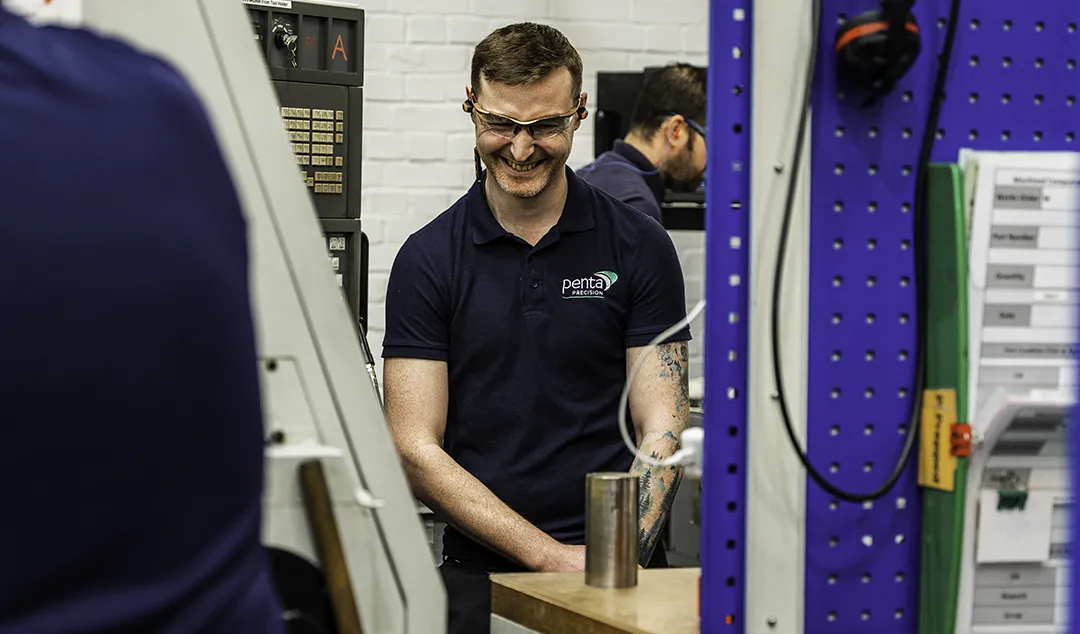
We firmly believe in creating a positive company culture so our employees can do their best work, every day. Check out this compilation of the team at work.
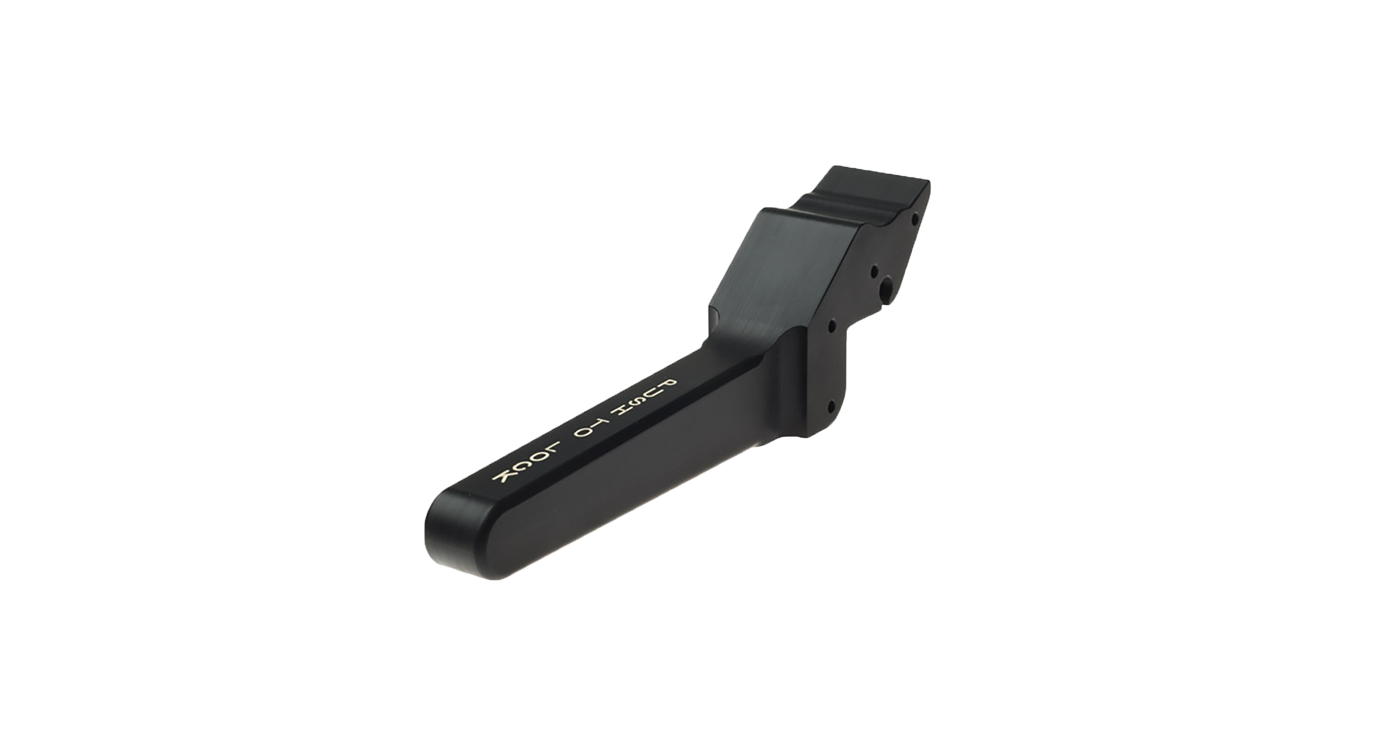
Penta's aluminium and plastic machining capabilities helped relieve the project strains of a fast moving motorsports manufacturer in the UK by providing parts at short notice and exact to specification.